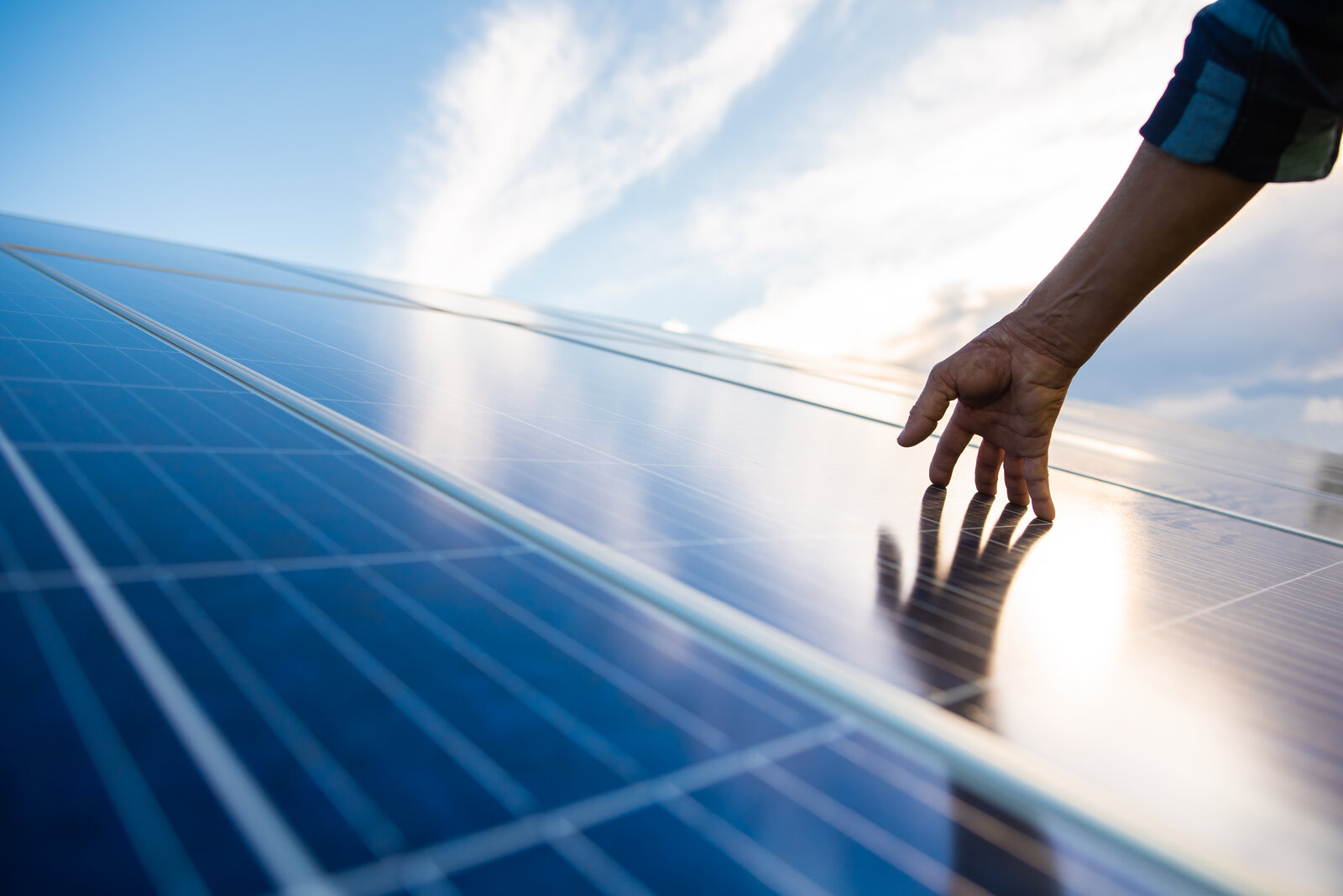How do photovoltaic cells generate electricity step by step?
Now that you are aware what photovoltaic cells are, let´s have a look on how do photovoltaic cells work. When the semiconductor is exposed to light, it absorbs the light’s energy and transfers it to electrons, the negatively charged particles in the material. This extra energy allows the particles to flow through the material as an electrical current. The movement of electrons, which are carrying a negative charge, towards the front surface of the photovoltaic cell, creates an imbalance of electrical charge between the cell's front and back surfaces. This imbalance creates a voltage potential like the negative and positive terminals of a battery. The electrical conductors on the cell absorb these electrons. When the conductors are connected in an electrical circuit to an external load, for example, a battery, electricity flows through the circuit.
An important feature of PV semiconductors is the distance between the valence band of electrons and the conduction band, which indicates what wavelengths of light the material can absorb and convert to electrical energy. If the semiconductor’s bandgap matches the wavelengths of light shining on the PV cell, then that cell can efficiently make use of all the available energy.
